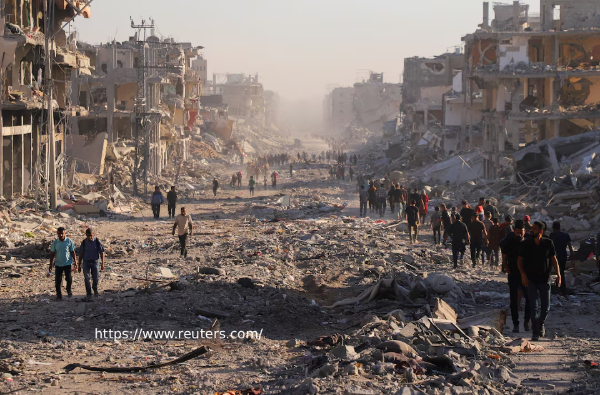Historic Step: Israel Agrees To Ceasefire Plan Aimed At Ending Gaza War

On Friday, Israel’s Cabinet approved a U.S.-backed peace initiative introduced by President Donald Trump. This plan outlines a path to de-escalation in Gaza and a prisoner exchange for the Hamas-held hostages. The decision marks a major milestone toward concluding a devastating two-year war that has shaken the Middle East.
Led by Prime Minister Benjamin Netanyahu, the Cabinet endorsed the main framework of the deal centered on hostage release but avoided debating some of the more divisive elements. According to an unnamed Israeli official, the ceasefire is expected to begin shortly after the government’s formal approval, with Israeli troops ordered to withdraw to specific areas within 24 hours.
The announcement sparked relief and cautious optimism among both Israelis and Palestinians, signaling a potential end to a conflict that has claimed more than 67,000 Palestinian lives. A key objective of the plan is to secure the return of the final hostages taken during Hamas’s initial assaults that ignited the fighting.
Hamas leader Khalil Al-Hayya, speaking from Gaza, said that the group had received assurances from the United States and international mediators that the war would indeed be brought to a close.
As part of the broader agreement, Israel is expected to release approximately 2,000 Palestinian prisoners, reopen border crossings with Egypt, and allow humanitarian aid to flow into Gaza. The deal also outlines a gradual withdrawal of Israeli troops from the region. In a public statement, Al-Hayya confirmed that an understanding had been reached to halt the violence and ease the suffering of the Palestinian people.
The United States is contributing about 200 American troops to an international coalition whose mission is to monitor the ceasefire and ensure both sides comply.
The agreement represents a rare moment of cooperation after years of conflict, offering a glimmer of hope for peace and stability in a region long scarred by war.




